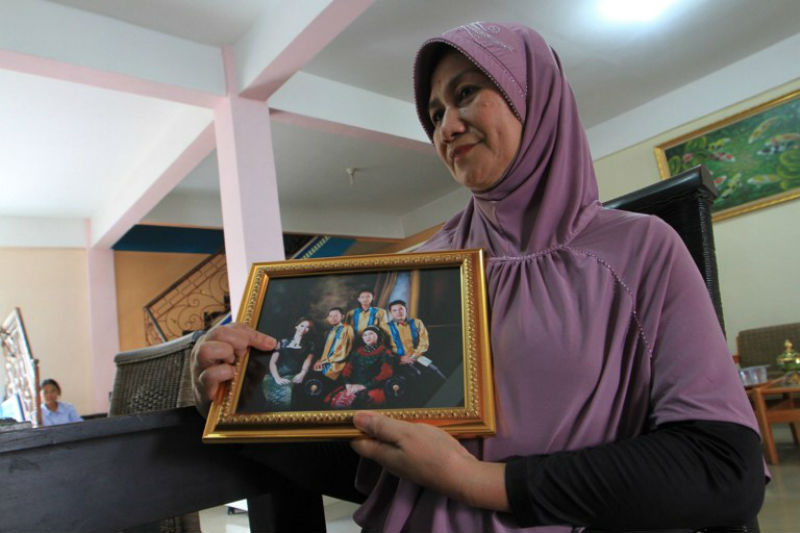Hysteria descended when relatives in China were told that Malaysian Airlines’ flight MH370 was reported lost. But the cameras did not stop flashing and the video cameras continued to intrude in what was a torrent of crying and screaming relatives trying to make sense that they might have lost their loved ones forever.
In this video by The Straits Times‘ Rachel Chang, distraught family members were seen screaming at media as a relative was stretchered out of the MH370 briefing room. It seems the media still has not learnt from this saga that said more about media ethics than the human story angle.
As AirAsia Indonesia reported flight QZ8501 went missing on Dec 28, the media fell back on these same tactics for the human-interest angle. Tweets from titles like Channel NewsAsia and MediaCorp Channel 8 showed relatives in tears and avoiding the glare of the camera lenses. Videos of media tailing relatives (see below) and surrounding them to ask for information also surfaced.
It says a lot about our news culture when the media plucks a grieving bystander out of obscurity and shows no mercy for their current state of being just to get the information and photos they need for the story. This practice is no better than the skeezy, lowbrow tactics the paparazzi in other countries are infamous for.
Decisions in the newsroom are one aplenty. Establish the facts of the case, bring out the human interest angles, introduce key players. A news consideration often brought up during a crisis is to bring up family and friends who are related to the subjects and are affected by the ongoing proceedings.
So therein lies a need to display the more human side of things: what these relatives are going through and how they are coping. But this does not jive with what most of these relatives need at times like this: safety, security and peace.
Is then, disrupting someone’s state of mind for footage and information considered ethical journalism? It can be argued that a calm photo of a relative could be seen as passable. When the cameras are not milking an emotional moment for the headlines, footage of relatives appearing as if they are in deep thought may tell a thousand words.
But this is too presumptuous of journalists to assume: that members of the media get a free pass to photograph and record whomever they want to for the sole purposes of their benefit.
Thus, a more ethical method of capturing a more human side would be to treat these grieving relatives like humans: resist the need to automatically pick up the camera. Go up to the subject and ask for permission. Only when explicit permission is allowed by the relative then can the subject truly take control of the situation and not feel that he or she is being exploited of his or her emotions by the media.
Then, it goes without saying that the media has the responsibility to inform its audience that it has captured footage ethically, by posting these disclaimers on their reports.
The need to embellish a story with the human side speaks to an deeper news value: relatability. But in eschewing a fact-based story for human angles, a journalist runs the risk of putting too much emotion in a story and assuming that the reader is not capable of processing fact over feeling.
Ethics begin to cross the line when emotion-based storytelling begins to do more harm than good. In the heat of the moment when tensions are high, it is easy to lose sensitivity and nuance to reporting.
Journalism needs to take a step back from the adrenaline rush and understand that professional conduct begets professional reportage.
As for the reader, the message need to be sent clear to news outlets: if there is no express permission given by the subject to place his or her emotions on a widely-circulated news report, that is unethical journalism and it should not have an audience.
So what do you do if you see a photo of a crying relative shared on social media by a media title? Condemn it, inform the editors and do everything in your power to indicate that a discerning audience respects ethics.
If the media title does not care for ethics, it does not deserve your eyeballs. Your actions determine the newsroom process for the next generation of news curators.
Shah Salimat is the editor-in-chief of Popspoken, a culture website based in Singapore. The views herein are his own and in no means are reflective of his professional and personal ties.
Follow our live updates on the search for AirAsia flight QZ8501





Reader Interactions